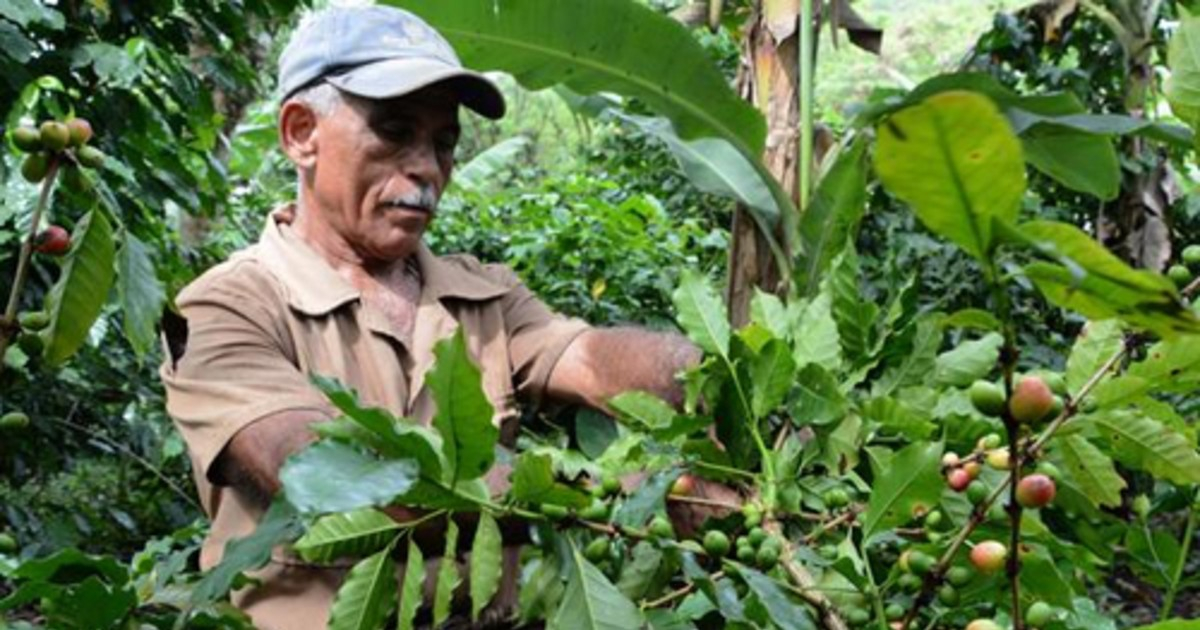
The excessive ripening of more than 40 thousand cans ofcafé in the mountains of the province of Santiago de Cuba, a consequence of therecent rains, make people fearthe harvest of the precious grain, of which a good part is destined for theexport.
Specialists in the sector describe the current situation as very tense.coffee harvest and they assure that these figures could increase when the rains end and the high relative humidity combined with high temperatures further increase the ripening peak.
Among the measures that are planned to be adopted is the call of some 1,600 students and teachers during the first stage of the so-called Rural School Plan, in addition to calling on farmers and their families, and anyone who wants to join the collection on their own. and spontaneous desire, or through so-called voluntary work or job changes.
In Third Front, for example, where there are an estimated 10,000 cans of ripe coffee on the plantations, priority is given to internal mobilizations of the rural population itself, as a way ofavoid the use of fuel in the transfer of people.
The municipalities of Tercer Frente, Segundo Frente, San Luis and Songo La Maya today have the highest peaks of ripening, a fact that imposes a collection rate of about 8 thousand cans per day, which, together with the poor condition of the roads andlow fuel availability, raise fears that not all the grain can be collected.
Currently, measures are applied such as the transportation of the grain to the guardraya, by the farmer himself, and from there it is transported with mules and oxen to the collection and processing centers, to avoid fermentation.
Meanwhile, in the streets there are rumors of the possibleincorporation of part of the population that today it is not essential in their work centers, taking advantage of the coverage of inefficient and very little usable working hours due to their modifications after the implementation of electricity saving measures.
Santiago de Cuba is the largest coffee producer and optimistically plans to harvest more than four thousand tons of coffee, despite the serious transportation limitations and accelerated ripening.
What do you think?
COMMENTFiled in: